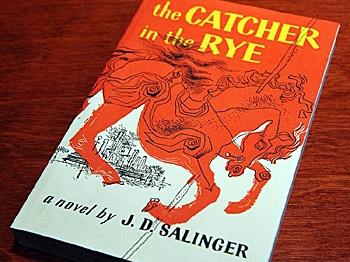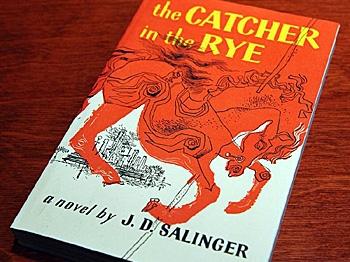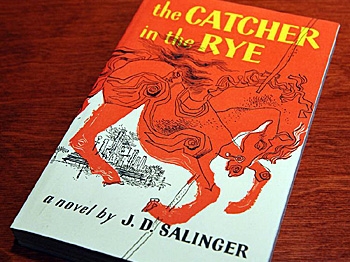J.D. Salinger Letter on Display at Morgan Library
Recently discovered tucked away inside a copy of Catcher in the Rye, is a letter written by the book’s author, J.D. Salinger, in 1994 at the age of 75.

J.D. Salinger, the author of 'The Catcher in the Rye' died at 91, his agent said on January 28. Mandel Ngan/AFP/Getty Images
|Updated:







